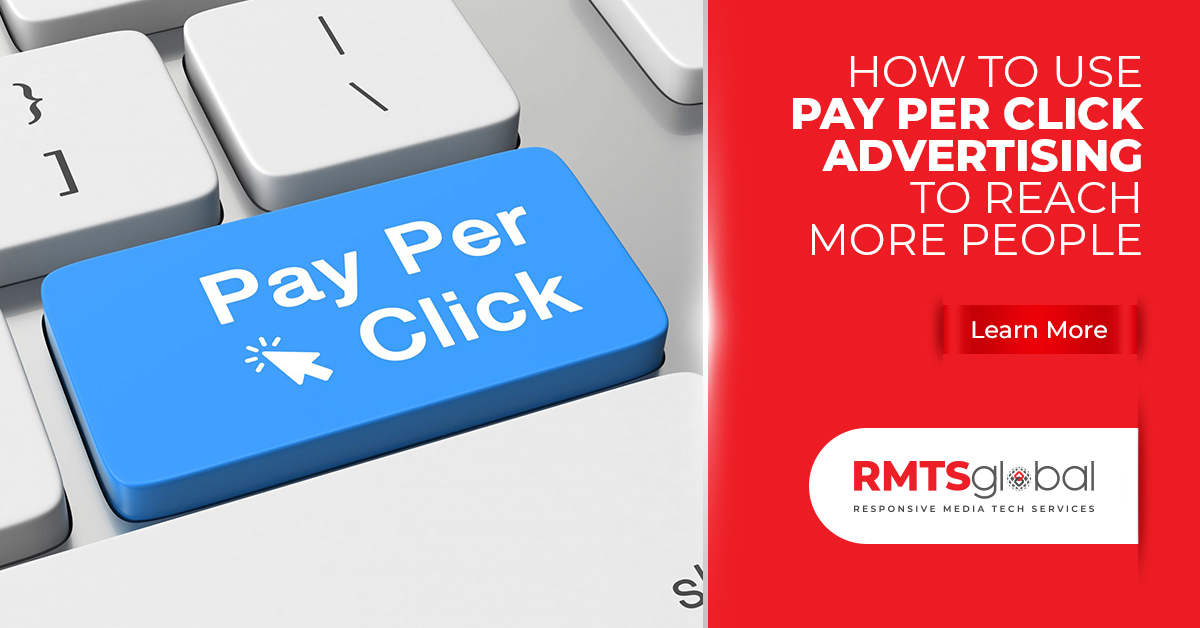Pay Per Click Advertising, or PPC, is a marketing technique that allows companies to reach potential customers by paying for their attention. It’s a great way to get your brand in front of the right audience and build your business quickly. But what is it? How does it work? And why should you care? This article will answer them all.
What Is Pay Per Click Advertising?
PPC marketing is one way to get your business noticed on the Internet. Since these ads appear whenever relevant keywords are searched, anyone who types in a word that’s related to what you offer will see it—no matter where they live or have been before.
PPC ads are often displayed next to search results or other content on sites like Google and Bing, besides social media networks, such as Facebook and Instagram. When people click on these ads — which usually feature a title, image or video clip related to the product being advertised — they’re taken directly to a website selling that item.
PPC Advertising is the practice of advertisers paying each time someone clicks on their ad. It can be as simple as a small banner ad at the top of a webpage, or as complex as an advertisement that appears on every page of a website.
The idea behind PPC is simple: it allows brands and businesses to reach consumers more efficiently than traditional marketing methods, such as television commercials or print ads.
For example, let’s say you’re a travel company that wants to advertise your services in New York City. You could pay for an advertisement in The New York Times or on the front page of Google (which is called “PPC”). Or you could take advantage of PPC by putting up a small banner ad on Craigslist or other free online classifieds sites. Each time someone clicks on your ad, you pay money to Google or Craigslist!
Pay per click marketing also allows businesses to reach people who might not otherwise find them—like people who are searching for jobs on LinkedIn or looking for a new housemate on Airbnb.
How does PPC Advertising Work?
PPC advertising is a great way to reach many people with your message. It’s also incredibly flexible, which means you can use it to promote any kind of product or service.
The first step in PPC is choosing the right campaign type. There are three options:
• Banner ads
• CPM ads (cost per click)
• Bid-based campaigns (cost per impression)
Each one has its own advantages, but all three can help you achieve your business goals. Banner ads are great for reaching large audiences quickly and efficiently, but they’re not quite flexible. They are not ideal if you want to run multiple types of ads on the same site at once.
Bid-based campaigns allow you to choose the type of traffic you want—and then pay only when someone clicks on your ad. This is often more cost-effective than other types of PPC as it means less time spent waiting for people to show interest in your product or service before paying them for clicking on something that interests them!
Social media ads are great for driving awareness about your brand and sharing content with an audience who might be interested in what you have to offer (but not necessarily ready to buy it just yet). If this blog helped you understand the fundamentals of PPC, get started with yours and reach out to our team at Responsive MTS.
